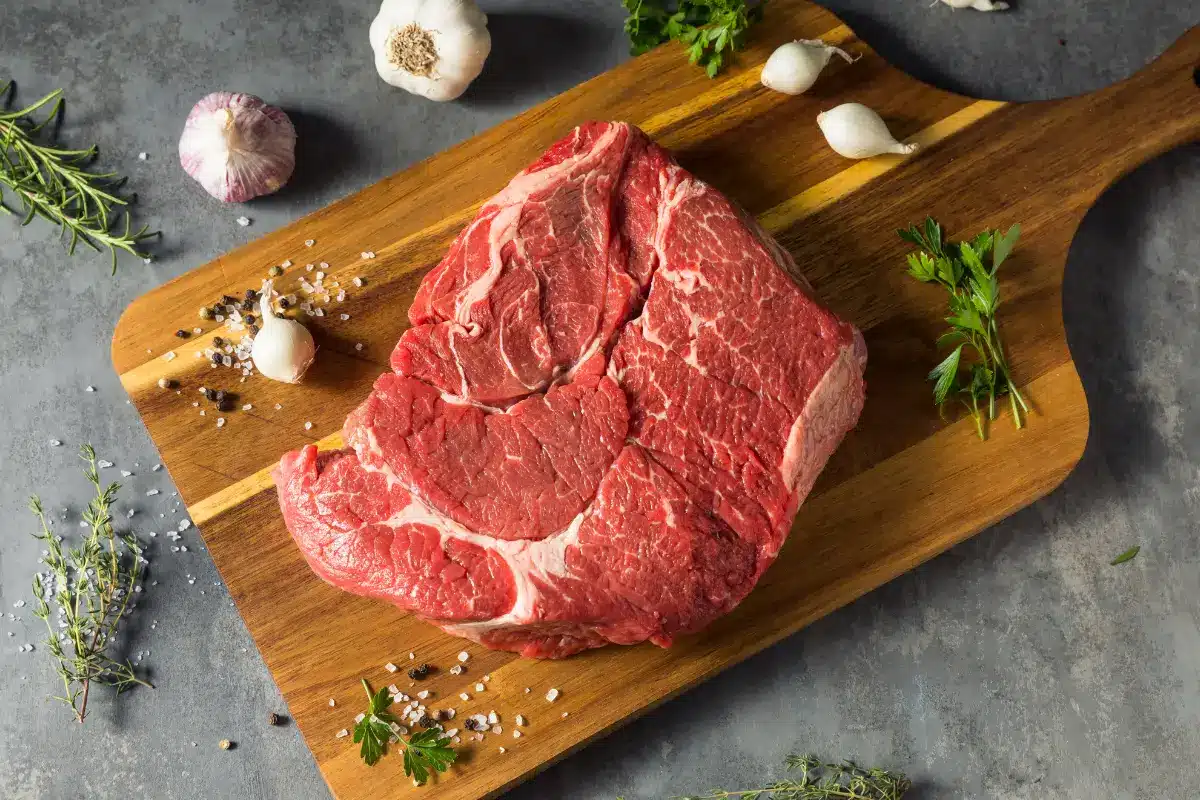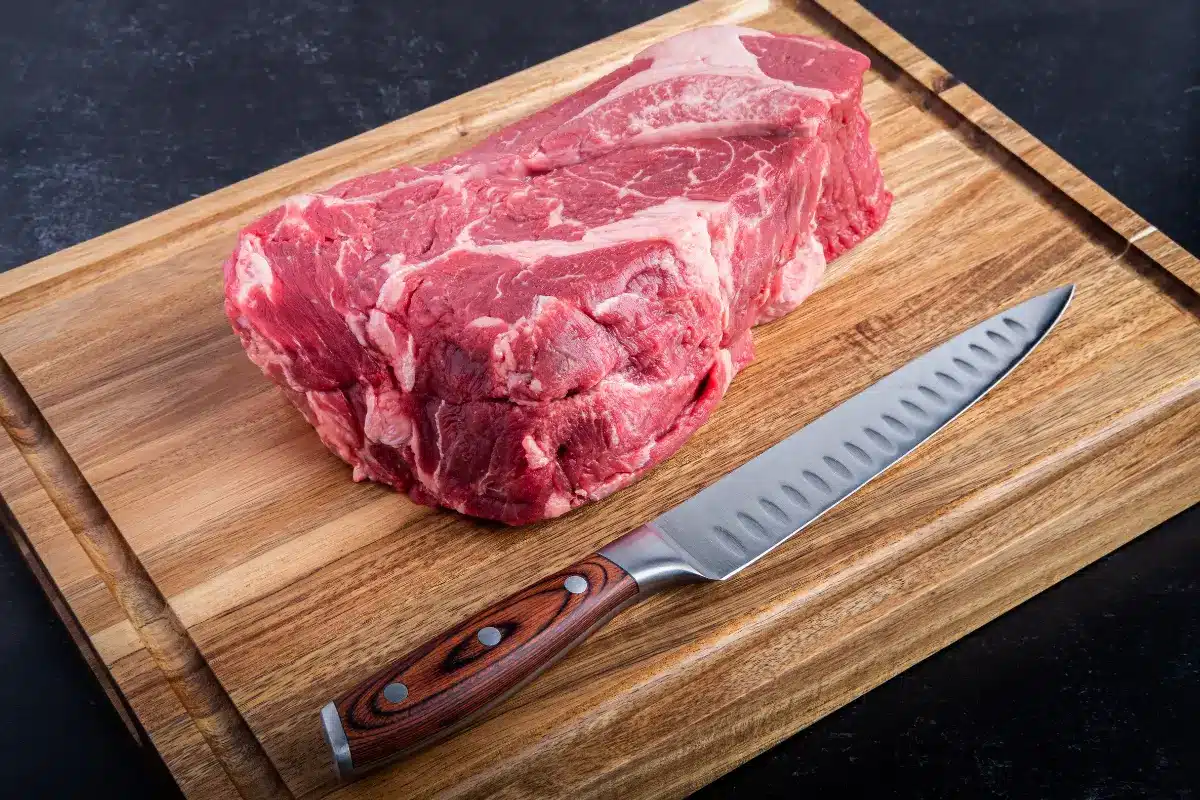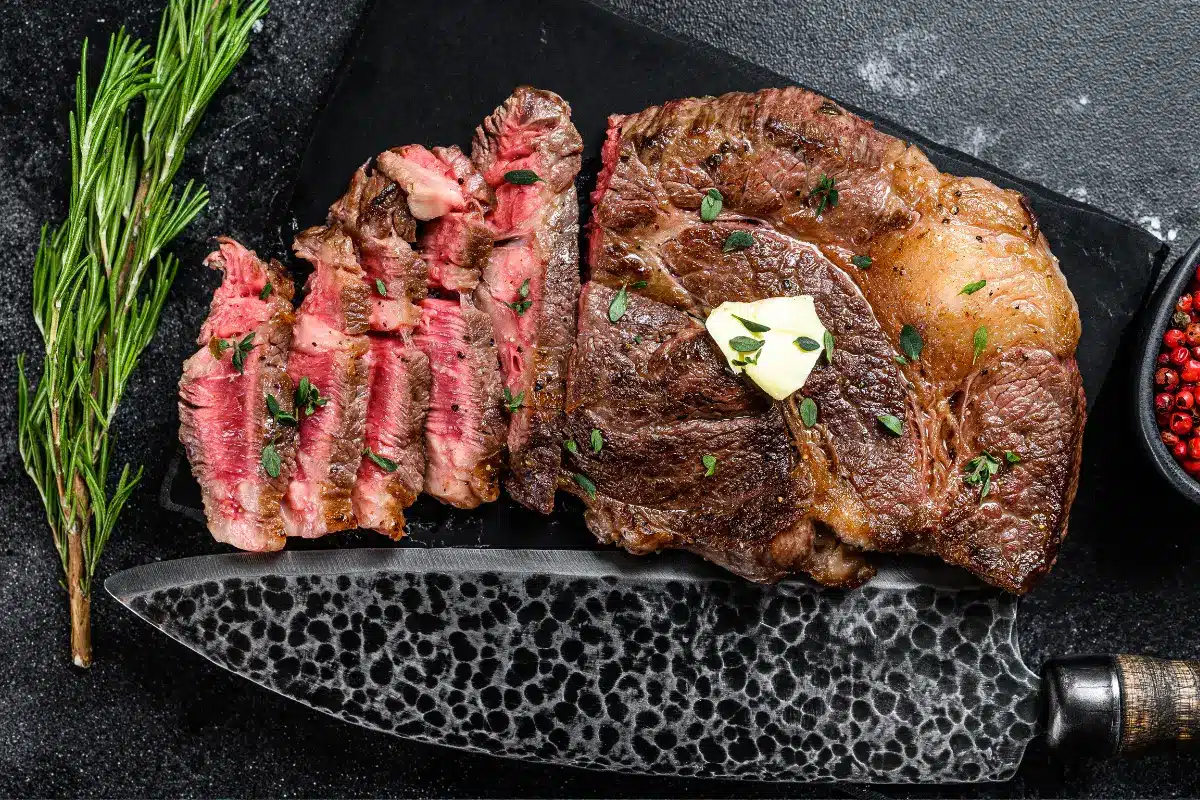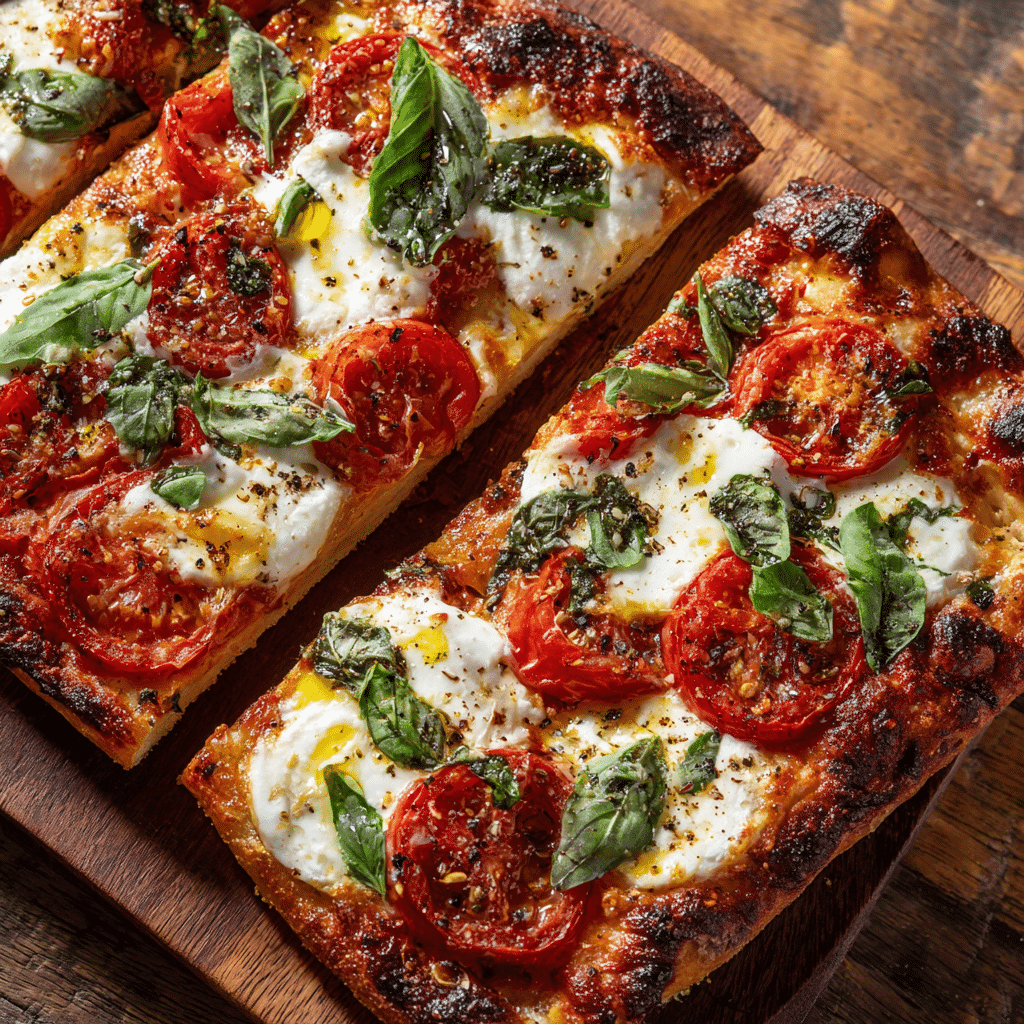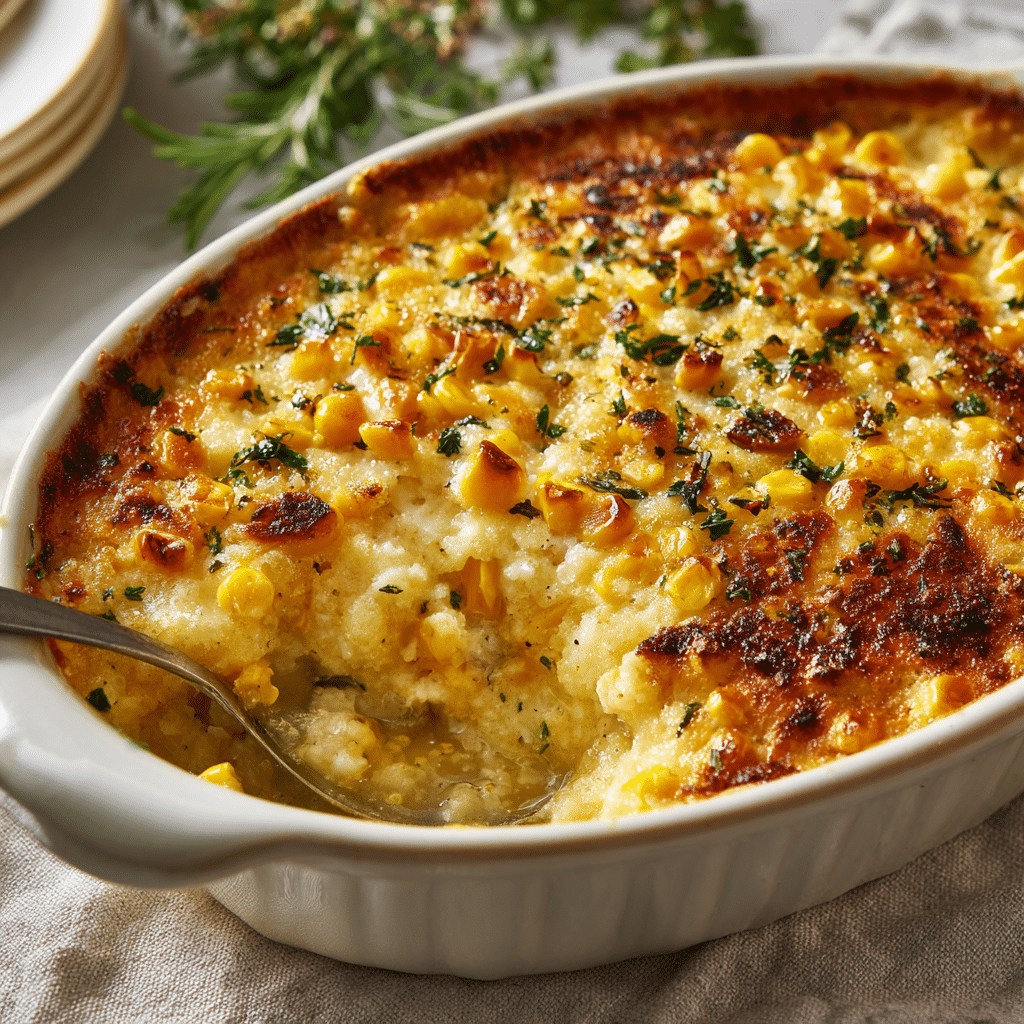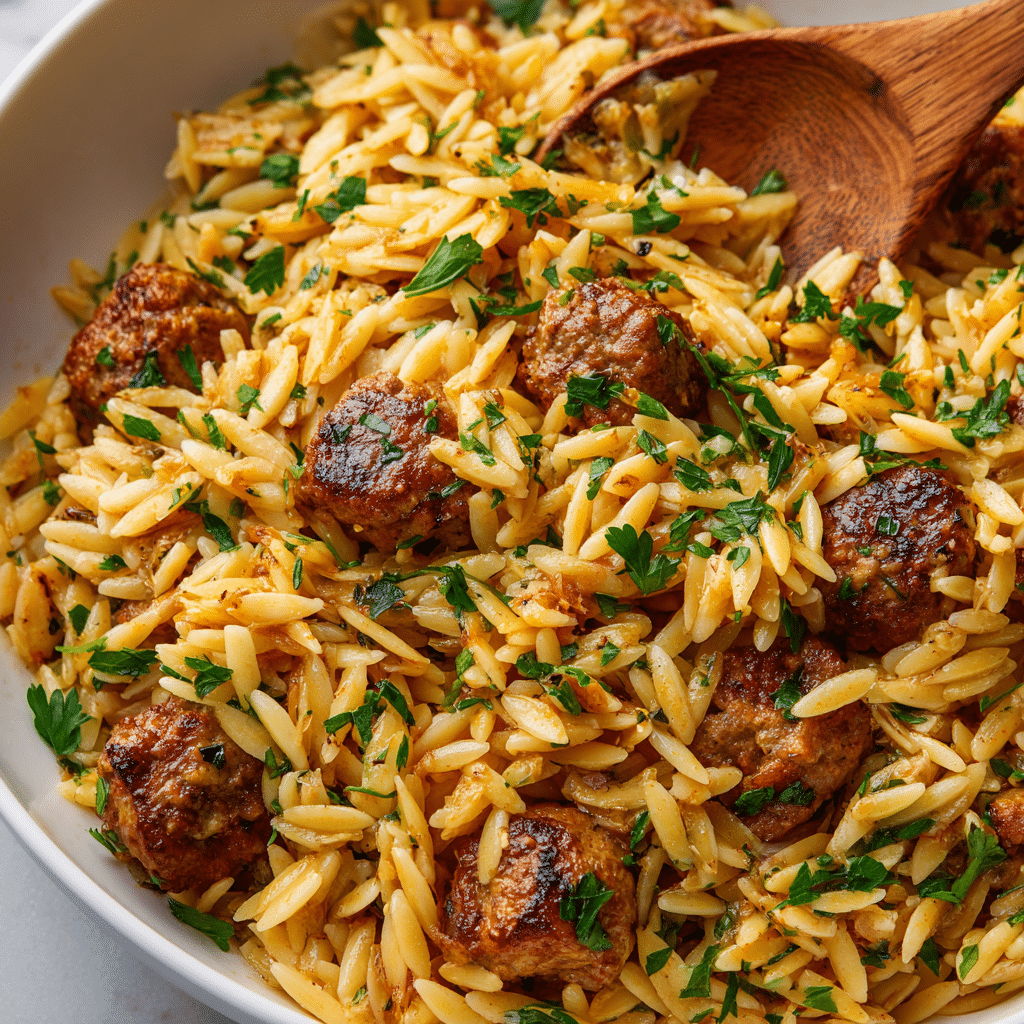Chuck roast, a cut revered for its rich flavor and succulent tenderness when cooked right, sits at the heart of countless comfort meals worldwide. In this comprehensive guide, we delve deep into the realm of chuck roast, presenting you with a variety of recipes that transform this humble cut into a gourmet feast. From selecting the perfect piece to pairing it with the right sides, we cover every angle to ensure your next chuck roast is nothing short of spectacular. Let’s embark on this flavorful journey together, starting with the basics of chuck roast and how to make it shine in your kitchen.
Chuck Roast
Chuck roast is more than just a piece of beef; it’s a canvas for culinary artistry. Found in the shoulder area of the cow, this cut is known for its marbled fat, which melts during cooking to infuse the meat with flavor and tenderness. Perfect for slow cooking methods, chuck roast transforms into a mouth-watering dish that’s hard to resist. So, why do home cooks and chefs alike adore this cut? Let’s dig into its unique attributes and discover why it’s often the star of the dinner table.
Why Chuck Roast Reigns Supreme
There are myriad reasons why chuck roast earns top marks in the kitchen. Its rich marbling not only enhances flavor but also ensures the meat stays juicy and tender throughout the cooking process. This makes it ideal for a range of dishes, from traditional pot roasts to international stews that promise to take your taste buds on a global tour.
But the appeal of chuck roast isn’t just in its taste and texture. It’s also appreciated for its versatility. Whether you’re craving a cozy pot roast on a chilly evening, a spicy birria taco filling, or a savory beef stew, chuck roast delivers. Plus, it’s more budget-friendly than many other cuts, making it a smart choice for feeding a crowd without breaking the bank.
In the next sections, we’ll explore how to select the best chuck roast, the secret ingredients that elevate its flavor, and step-by-step recipes that showcase its versatility. Whether you’re a chuck roast novice or looking to expand your recipe repertoire, this guide has everything you need to make your next meal a memorable one.
Preparation Basics
Before diving into the world of chuck roast recipes, let’s cover some ground rules that will set you up for success. Selecting the right cut and gathering your ingredients and tools are steps you don’t want to skim over. Trust me, a little prep work goes a long way in the realm of cooking!
Selecting the Perfect Chuck Roast
Choosing the right chuck roast can be the difference between an okay meal and a spectacular one. Look for a piece that’s well-marbled with fat. This marbling is like the secret sauce for tenderness and flavor. Also, consider the size of the roast in relation to how many mouths you’re feeding. A general rule of thumb is about half a pound per person, but who doesn’t love leftovers?
Essential Ingredients and Tools
When it comes to ingredients, the chuck roast itself is your star. However, a supporting cast of herbs, spices, and vegetables can elevate your dish to new heights. Here’s a basic list to get you started:
- Chuck Roast: 3-4 lbs, a beautiful marbled piece
- Salt and Pepper: To taste, for seasoning the roast
- Olive Oil: A couple of tablespoons for searing the meat
- Onions and Garlic: The foundation of flavor for any good roast
- Carrots and Potatoes: Hearty vegetables that complement the beef
- Beef Broth: For braising the roast and creating a savory gravy
- Bay Leaves and Thyme: For that extra layer of aromatic goodness
And don’t forget about the tools! A heavy-duty Dutch oven or a slow cooker is essential for cooking a chuck roast to perfection. They allow for even cooking and keep all those delicious juices where they belong – in the meat and in your mouth!
Armed with the perfect cut, the right ingredients, and the best tools, you’re now ready to tackle any chuck roast recipe. Stay tuned as we dive into the classics and some exciting variations that will have your taste buds dancing. The adventure in recipe cuisine is just beginning, and you’re at the helm, ready to steer towards delicious destinations.
Recipe Variations of Chuck roast
With the basics under your belt, it’s time to explore the diverse world of chuck roast recipes. From the comforting embrace of a classic pot roast to the exciting flavors of international cuisines, chuck roast is your ticket to a global culinary adventure right from your kitchen. Let’s dive into some mouth-watering recipes that will make chuck roast your go-to ingredient for hearty meals.
Classic Pot Roast
There’s nothing quite like the classic pot roast to bring a sense of comfort and warmth to your dining table. It’s a dish that’s both simple and satisfying, perfect for Sundays with the family or any night you crave home-cooked perfection.
Ingredients:
- 3-4 lbs chuck roast
- Salt and pepper, to taste
- 2 tablespoons olive oil
- 2 onions, quartered
- 4 carrots, cut into 2-inch pieces
- 4 potatoes, quartered
- 4 cups beef broth
- 2 bay leaves
- Thyme, a few sprigs
Cooking Steps:
- Season the roast generously with salt and pepper.
- In a large Dutch oven, heat olive oil over medium-high heat. Sear the roast on all sides until golden brown.
- Add onions, carrots, and potatoes around the roast. Pour in beef broth and add bay leaves and thyme.
- Cover and cook in a 325°F oven for about 3-4 hours, until the meat is fork-tender.
- Let the roast rest before slicing. Serve with the vegetables and a spoonful of the cooking juices.
This classic pot roast is a testament to the magic of slow cooking. It’s a no-fuss recipe that yields tender meat and flavorful vegetables, all simmered to perfection in a single pot.
Guinness Beef Stew
For a twist on the traditional, let’s add a bit of Irish charm with a Guinness Beef Stew. The stout adds a rich, deep flavor to the stew that’s unmistakable and utterly delicious.
Ingredients:
- 3 lbs chuck roast, cut into 2-inch pieces
- Salt and pepper, to taste
- 2 tablespoons olive oil
- 1 onion, chopped
- 3 cloves garlic, minced
- 4 cups beef broth
- 1 can Guinness stout
- 2 carrots, sliced
- 2 potatoes, cubed
- 2 tablespoons tomato paste
- Fresh thyme, a few sprigs
Cooking Steps:
- Season beef pieces with salt and pepper.
- In a large pot, brown the beef in olive oil. Remove and set aside.
- Sauté onion and garlic until softened. Return the beef to the pot.
- Add beef broth, Guinness, carrots, potatoes, tomato paste, and thyme.
- Simmer for about 2 hours, until the beef is tender and the sauce has thickened.
- Adjust seasoning and serve hot, garnished with fresh thyme.
Cooking Techniques
Now that we’re acquainted with a few tantalizing chuck roast recipes, it’s crucial to understand the various cooking techniques that can bring these dishes to life. Mastering these methods will not only ensure your roast is cooked to perfection but also expand your culinary repertoire.
Oven Roasting Tips
The oven is a powerful tool for achieving a succulent chuck roast. The key to oven roasting is low and slow, allowing the meat’s connective tissues to break down without drying out the meat. Here’s how to nail it:
- Preheat and Prep: Always start with a preheated oven to ensure even cooking. Season your roast well before it goes in.
- Sear for Success: Searing the meat on all sides before roasting locks in flavors and juices, creating a delicious crust.
- Use a Meat Thermometer: To avoid overcooking, rely on a meat thermometer. Aim for an internal temperature of about 195°F for perfect tenderness.
- Let it Rest: Allowing the roast to rest before slicing redistributes the juices, ensuring your meat is moist and flavorful.
Slow Cooker Method
For those busy days, a slow cooker offers a set-it-and-forget-it approach that can’t be beaten. The slow cooker excels with cuts like chuck roast, transforming them into tender, flavorful meals with minimal effort.
- Layer Your Flavors: Start with a base of onions and garlic, then add your seasoned roast, followed by liquids and other vegetables.
- Low and Slow is the Way to Go: Cooking on low for 8-10 hours yields the most tender results, though high for 4-5 hours can work if you’re short on time.
- Thicken Gravy at the End: If you desire a thicker sauce, mix a little cornstarch with water and stir it into your cooking juices, then let it cook on high for an additional 15-20 minutes.
Instant Pot Chuck Roast
The Instant Pot, or any pressure cooker, is your ticket to a fast, flavorful chuck roast. It’s particularly handy when you’re craving that slow-cooked taste but didn’t plan ahead.
- Sear Inside the Pot: Use the sauté function to sear your meat right in the pot, adding depth to your dish’s flavor profile.
- Deglaze: After searing, deglaze the pot with a little broth or water, scraping up any browned bits for extra taste.
- Pressure Cook to Perfection: Cook under high pressure according to your device’s instructions, usually about 60-90 minutes for a chuck roast, followed by a natural release to keep the meat tender.
Each of these techniques has its own set of benefits, from the traditional, hands-off approach of the slow cooker to the speedy magic of the Instant Pot. Experimenting with these methods can lead to discovering your favorite way to prepare a chuck roast, ensuring that every meal is not only a delicious feast but a learning experience as well.
Serving and Pairing
After mastering the art of cooking a chuck roast to perfection, the final step is to serve it in a way that complements its rich flavors. Whether it’s a classic pot roast or an exotic birria, the right sides and pairings can elevate your meal from great to unforgettable. Let’s explore how to round off your chuck roast dishes with style.
Serving Suggestions
A well-prepared chuck roast is a feast for the senses, and presenting it thoughtfully can make all the difference. Consider these tips for serving:
- Slice Against the Grain: For the most tender eating experience, slice your chuck roast against the grain. This cuts through the muscle fibers, making the meat easier to chew.
- Use the Cooking Juices: Don’t let those flavorful juices go to waste! Drizzle them over the meat and sides for an extra burst of flavor.
- Add Color: Brighten your plate with vibrant sides like roasted carrots, green beans, or a fresh salad. A pop of color not only looks appealing but adds a variety of textures and flavors.
Pairing with Sides
Choosing the right sides can turn your chuck roast into a well-rounded meal. Here are some classic companions that always hit the mark:
- Roasted Vegetables: Hearty vegetables like potatoes, carrots, and onions can roast in the same pot as your chuck, absorbing all the delicious flavors.
- Mashed Potatoes: Creamy mashed potatoes make the perfect bed for tender chuck roast, especially when topped with a spoonful of gravy.
- Fresh Salads: A light, crisp salad can offer a refreshing contrast to the rich flavors of the meat, balancing out the meal.
Beverage Pairings
While we’re focusing on non-alcoholic options, there are plenty of beverages that can complement the savory richness of a chuck roast:
- Sparkling Water: The effervescence of sparkling water can cleanse the palate between bites, making each mouthful as enjoyable as the first.
- Craft Sodas: A craft soda with ginger or root beer can offer a sweet and spicy counterpoint to the meat’s savory depth.
- Herbal Teas: Warm, comforting herbal teas like chamomile or peppermint can soothe the palate and round off a hearty meal.
With the right sides and pairings, your recipe meal can become a memorable dining experience that delights all the senses. Whether you stick to the classics or experiment with more adventurous combinations, the key is to balance flavors and textures, ensuring every element on the plate complements the star of the show: your perfectly cooked chuck roast.
FAQs
After journeying through the selection, preparation, cooking, and serving of chuck roast, you likely have a well-rounded understanding of how to handle this versatile cut. However, there are always questions that pop up, especially as you start experimenting in your own kitchen. Here’s a roundup of some frequently asked questions about chuck roast to help you navigate any uncertainties.
How Do I Know When My recipe is Perfectly Cooked?
The ideal doneness of a chuck roast depends on personal preference, but generally, it should be tender enough to pull apart with a fork. Using a meat thermometer, aim for an internal temperature of about 195°F to 205°F. This range ensures the connective tissues have broken down, making the meat tender and juicy.
Can I Cook a Chuck Roast from Frozen?
While it’s possible, cooking a chuck roast from frozen is not recommended. Thawing the roast ensures even cooking and allows you to properly season the meat. For best results, thaw your roast in the refrigerator overnight before cooking.
How Can I Keep My Chuck Roast from Drying Out?
The key to a moist chuck roast is slow cooking at a low temperature, either in the oven, in a slow cooker, or a pressure cooker. Keeping the roast covered during the cooking process helps retain moisture. Additionally, cooking the roast in a liquid, such as broth or a marinade, can help prevent drying out.
What Can I Do with Leftover Chuck Roast?
Leftover chuck roast is incredibly versatile and can be used in a variety of dishes. Shred it and use it in tacos, sandwiches, or stews. You can also slice it thin and serve it over salads or repurpose it into a hearty beef and vegetable soup. The possibilities are endless!
How Long Can I Store Cooked Chuck Roast?
Cooked recipe can be stored in the refrigerator for up to four days. For longer storage, you can freeze it for up to three months. Be sure to use airtight containers or freezer bags to maintain the best quality.
Tackling these FAQs should smooth out any wrinkles in your recipe adventures, making you even more confident in your culinary exploits. Remember, cooking is as much about intuition and creativity as it is about following recipes. So, trust your instincts, don’t be afraid to experiment, and most importantly, enjoy the process and the delicious results.
